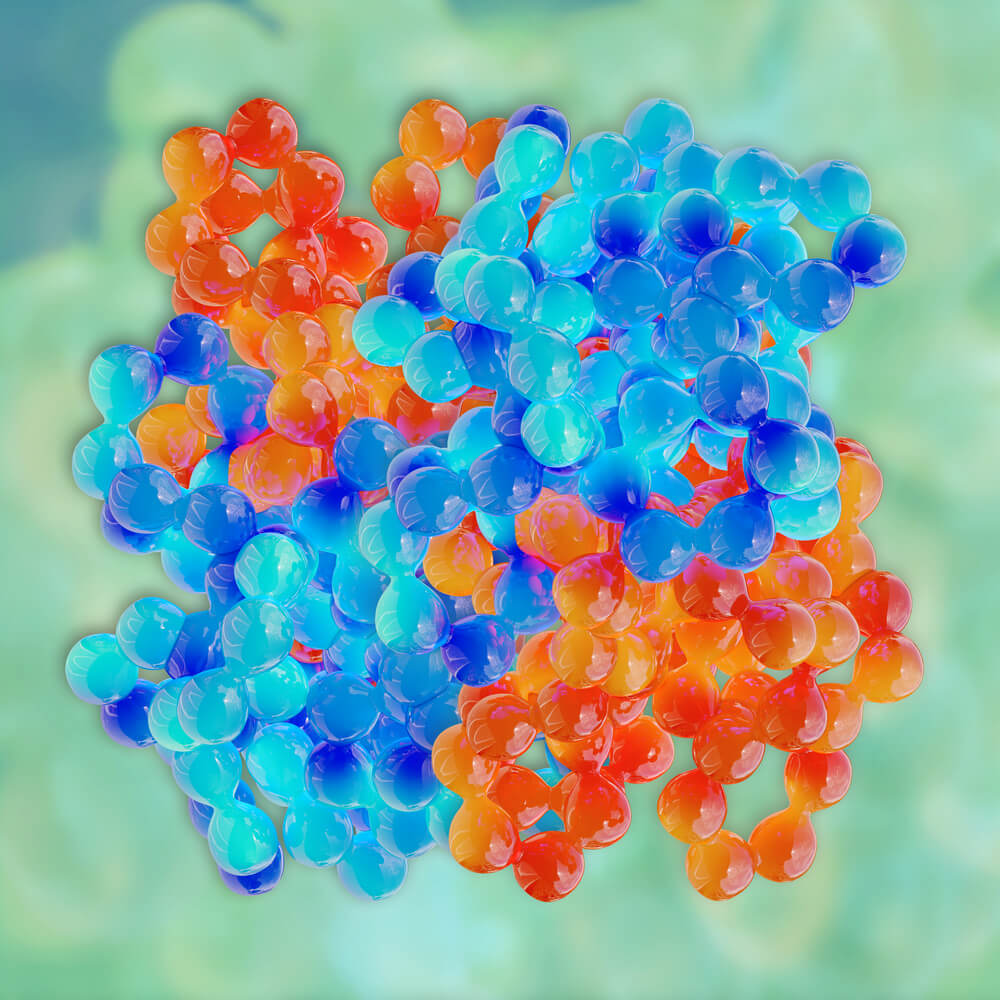The new catalyst can change the chemical nature of several types of small molecules. The new catalyst, and others like it, will speed up the pace of the discovery process of new drugs, according to the researchers.

Researchers report that they have succeeded in creating a man-made catalyst that mimics an enzyme. Unlike most enzymes, which work on a single target, the new catalyst can change the chemical nature of several types of small molecules. The new catalyst, and others like it, will speed up the pace of the discovery process of new drugs, according to the researchers.
The findings were published in the scientific journal Journal of the American Chemistry Society.
Most enzymes are large proteins that act on only one molecular target, explains University of Illinois chemistry professor M. Christina White, who conducted the study. Enzymes change the chemical structure of their molecular targets in order to break them down in order to perform specific functions.
One of the main changes in biological systems involves the conversion of the carbon-hydrogen bond (CH) into a carbon-oxygen bond (CO-H or C=O). These reactions, known as oxidation reactions, are essential in countless processes that take place in the body, from cleaning toxins that enter the body to biosynthesis. The new catalyst is able to oxidize specific carbon-hydrogen bonds found in a variety of chemical molecules. The new method will be able to speed up the rate of the change process of known molecules in new ways, a process that is essential for drug discovery, explains the lead researcher.
"The main cost of developing a drug is not its preparation itself, but rather the discovery of that molecule from a myriad of possible molecules in countless chemical reactions," explains the lead researcher. "Thus, if you have one interesting molecule that you would like to change, you are often required to resynthesize the whole thing. This process is not very efficient." The other alternative is to develop a new enzyme for each change you wish to make, explains the researcher. "Let's assume that someone in the pharmaceutical industry has found a drug molecule that they want to oxidize in order to obtain a different or improved biological activity," explains the researcher. "Today, this move can be performed either by using an enzyme developed specifically for this molecule, or, more commonly, by small synthetic changes that may take months or even years."
The new catalyst (known as CF3-PDP iron) is able to perform one of these reactions in half an hour, explains the researcher. This catalyst was designed to oxidize specific types of carbon-hydrogen bonds. The research group's previous catalyst focuses on the most electron-rich carbon-hydrogen bond within the molecule, while the new catalyst focuses on a carbon-hydrogen bond that is in a different, similar environment.
![Iron catalysts capable of selectively oxidizing different carbon-hydrogen bonds (yellow and green respectively for iron-PDP and iron CF3-PDP catalysts) in the same molecule. The new method will be able to speed up the rate of discovery of new drugs and substances for human benefit. [Courtesy of M. Christina White of the University of Illinois]. Iron catalysts capable of selectively oxidizing different carbon-hydrogen bonds (yellow and green respectively for iron-PDP and iron CF3-PDP catalysts) in the same molecule. The new method will be able to speed up the rate of discovery of new drugs and substances for human benefit. [Courtesy of M. Christina White of the University of Illinois].](https://www.hayadan.org.il/images/content3/2013/11/catalyst_drow.jpg)
